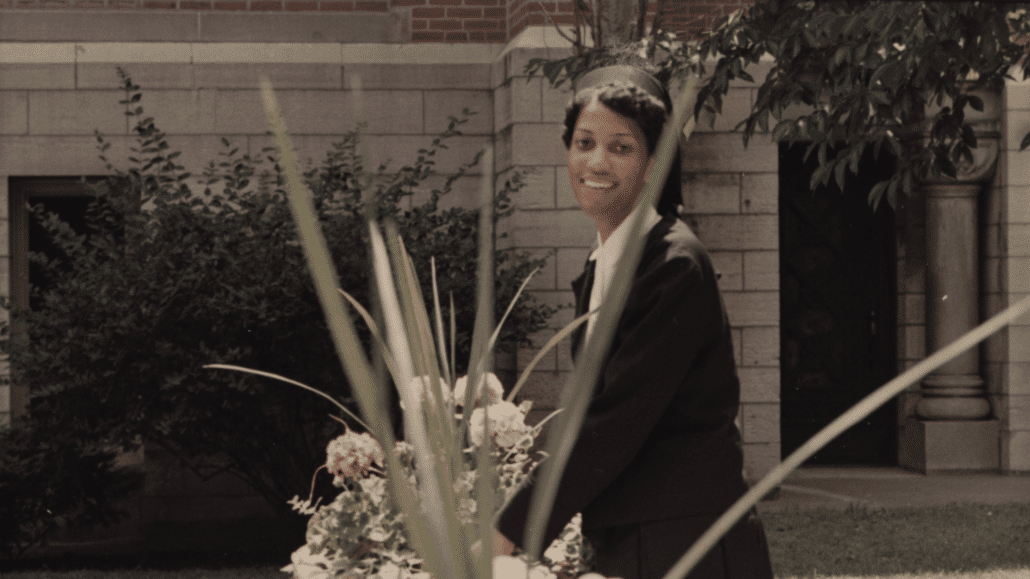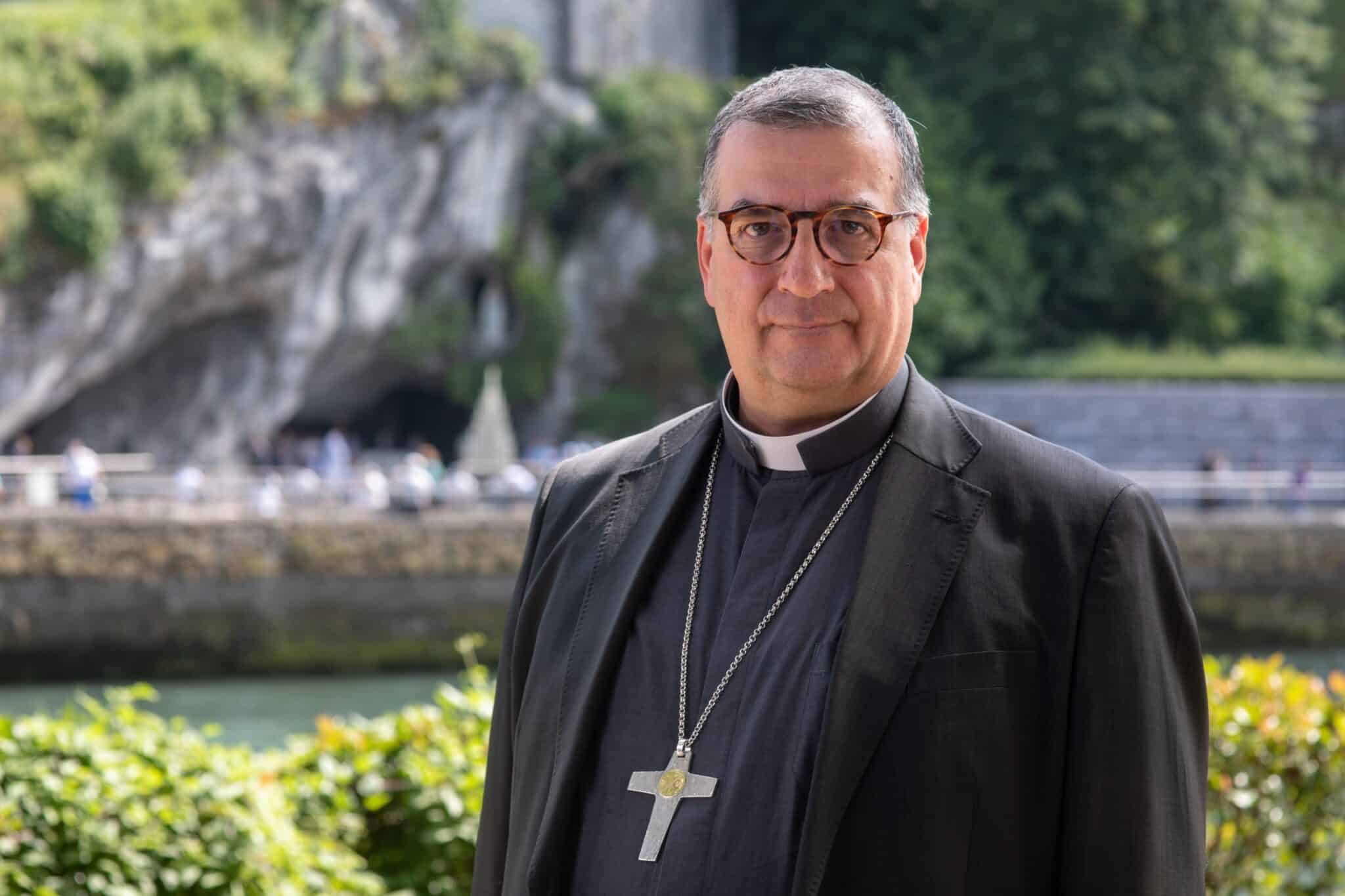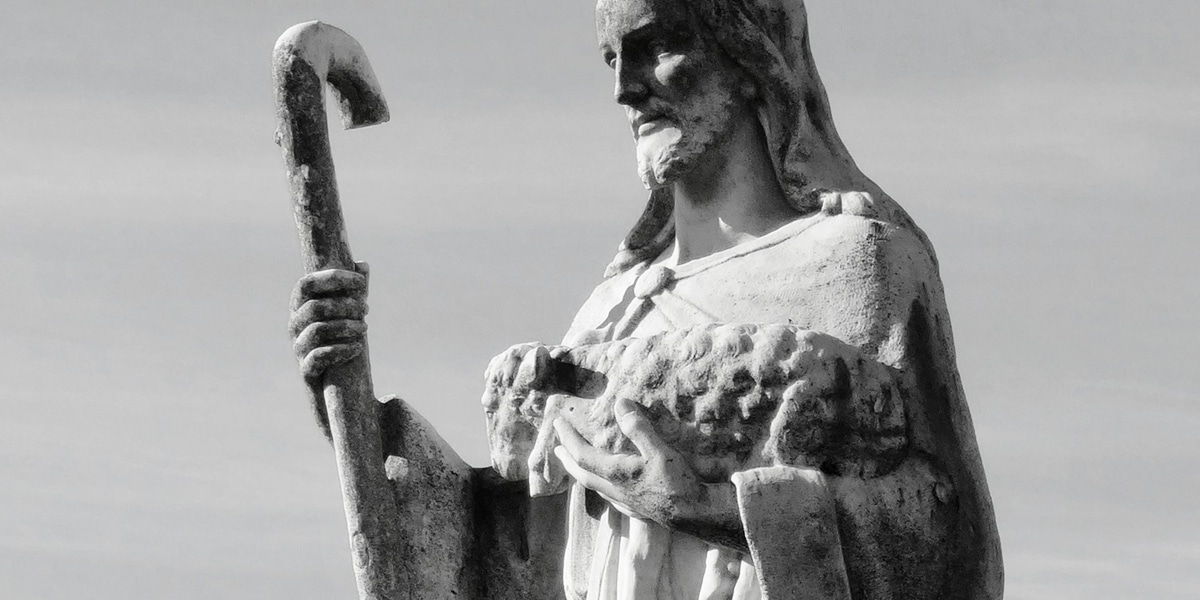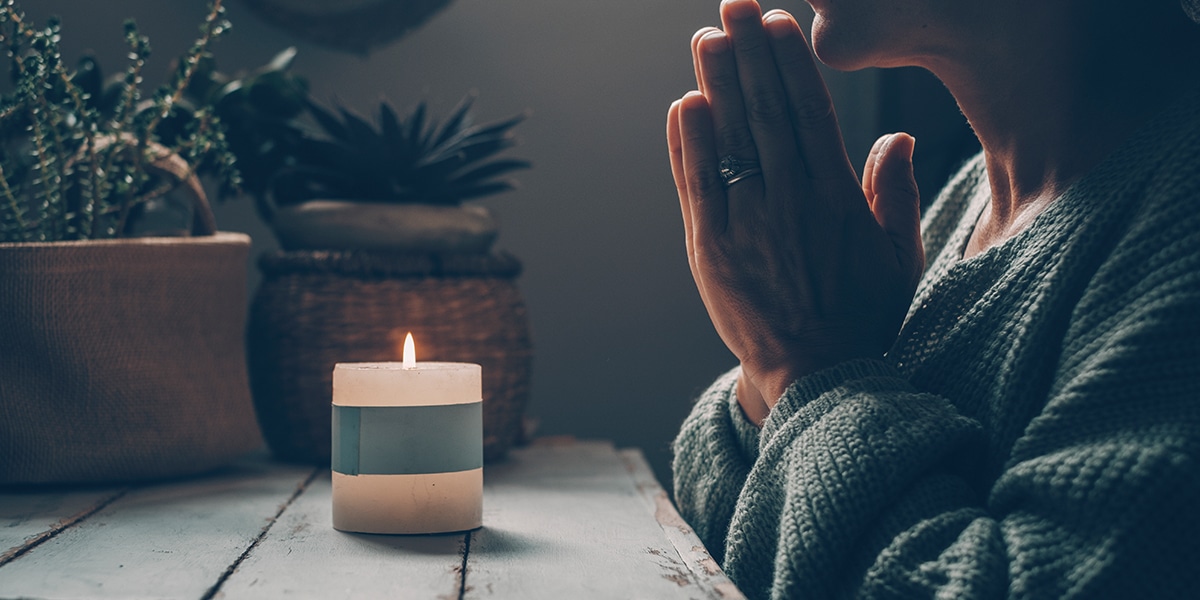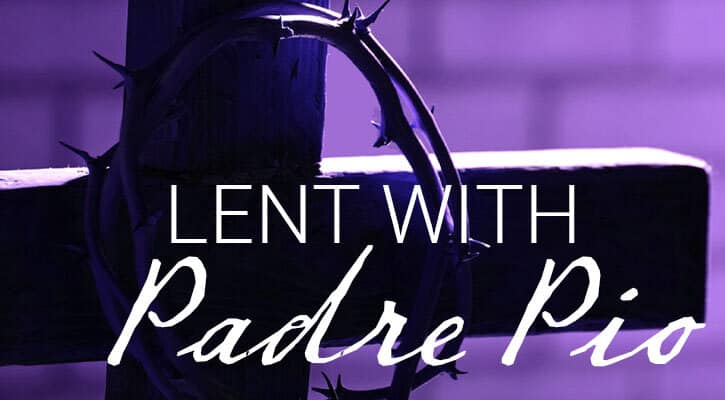In her short life, Sister Thea encouraged the bishops to be one with their people and addressed the high walls of separation that exist in the Church.
Sister Thea felt a special calling to help Black Catholics realize the unique gifts they brought to the Church and to help the Church openly receive and appreciate these treasures. She called for recognition of Black Catholics within the Church, for positions of leadership.
Thea knew full well that the “invisibility” of Black Catholics in the American Church was due to the legacy of racism. She agreed with the Black Catholic bishops of the United States when they wrote: “African Americans and other minorities still remain absent from aspects of Catholic life and are only meagerly represented on the decision-making level…. This racism, at once subtle and masked, still festers within our Church as within our society.”
Thea recognized that unless the Catholic Church responded, many of the gifts of the Black community would be lost to the Church.
Toward the end of her life, Thea had a rare opportunity to address the American bishops. Now one of the “old folks” herself, Thea gave them an earful. She first posed a question: “What does it mean to be Black and Catholic?” and then with her magnificent voice burst out with the answer: “Sometimes I feel like a motherless child….” She told them how proud she was of the few Black bishops among them. “[T]hese bishops are our own…. [W]e raised them…. [I]n a unique way, they can speak to us and for us…. [Y]’all talk about what you have to do if you want to be a multi-cultural Church: Sometimes I do things your way; sometimes you do things mine….”
She called for more African American priests and bishops, because “The leaders are supposed to look like their folks, ain’t that what the Church says?”
A Church Divided
There she sat, weary from advancing cancer, yet vibrant with those flashing dark eyes and her colorful African robes. She was there to tell them what it meant for her to be Black and Catholic. She told them: “It means that I come to the Church fully functioning. That doesn’t frighten you, does it? I bring my self, my Black self. I bring my whole history, my traditions, my experience, my culture. I bring my African-American song and dance and gesture and movement and preaching and teaching and healing and responsibility….”
She instructed the bishops on Black spirituality, which is contemplative, biblical, holistic. It is an embodied faith that values the entire person; a communal faith that wants to be together, even with the bishops. Thea leaned forward, looked these ecclesiastics in the eye and said: “You know, when our bishop is around, we want him to be where we can find him, where we can reach out and touch him, where we can talk to him. Don’t be too busy, you-all.”
She encouraged the bishops to be one with their people and candidly addressed the high walls of separation that exist in the Church. That message still resonates today.
Source: NewGroup Media
She said: “That’s one thing Black folks can teach you. Don’t let folks divide you or put the lay folks over here and the clergy over here, put the bishops in one room and clergy in the other room, put the women over here and the men over here.”
She reminded the bishops that Blacks see themselves as “Spirit-filled” and like to shout out and express their feelings. No “feeble service” for her people! If the Church is calling for participation in liturgy as well as in ministry, it has to be open to the diversity and richness that Black Christians have to contribute in both of these areas.
She reminded the bishops that they have to stop looking at Blacks as a minority, because there are more Black Catholics in Africa than there are in the United States. Moreover, the Church in Africa is growing much faster and has many more people choosing to serve as priests and religious than the American Church. She wanted the bishops to realize that the Roman Catholic Church is a world Church, which includes people of all colors. People should be able to bring their culture with them to the liturgy, teaching and service of the Church.
‘Third-Class Citizen of the Holy City’
Thea reminded the bishops in this country that “To be Black and Catholic still, though, often feels like being a second- or third-class citizen of the holy city.” There are Black laity, priests and bishops, she said, but they are invisible in that they are not consulted when decisions are made. Black Catholics are patronized and treated with the old “mission” mentality. Thea asked them to drop their prejudices about people of color and accept their unique religious ways of expressing themselves.
She complains: “When we attempt to bring our Black gifts to the Church, people who do not know us say we’re being non-Catholic or separatists or just plain uncouth.”
Thea urged the bishops to help Black Christians get education, which she believed was the way out of poverty. She had known the poor educational opportunities in a segregated public school and her life had been changed radically by the Catholic education she had received from the Franciscan sisters. There she met a diversity of faiths and met sisters and priests who truly loved all the students. Years later she attended a reunion with her classmates, and they all agreed that the Catholic school was a graced experience for them.
Thea stressed that Catholic schools can offer a unique opportunity not only for Black children but for children of all different faiths and races. If the diversity she experienced is maintained, these schools can prepare young people for the pluralistic world in which they live. She believed that such diversity can witness to a central Christian teaching that we be loving and open to all persons. Catholic schools can also teach students of different faiths a rich mutuality of exchange of religious beliefs, which can help all the students clarify their own personal beliefs. Such schools can also develop attitudes and skills so necessary for ecumenical and interfaith dialogue and cooperation.
The Holiness of Diversity
Thea sees diversity as an integral part of Catholic education because there is so much to learn from other traditions. Native Americans can teach us a love of nature; Asian religions can show us the value of meditation and prayer; Buddhists can show the value of involving the young in ministry; and Muslims can teach us how to connect faith with social and political issues.
She firmly held to the conviction that much is lost if Catholic schools remain as ghettos closed to the diversity of religions and races. The schools must move beyond the European cultures and the middle class and reach out to other cultures wherein the poor and disadvantaged so sorely need education. They must be committed to learning from the rich cultures of these “outsiders” and dedicated to empowering all students. Thea closed by inviting the bishops to join her in the black religious experience. They had encountered a black woman who seemed sure of herself as priest and prophet, and they had been preached to by an elder of the Black community.

